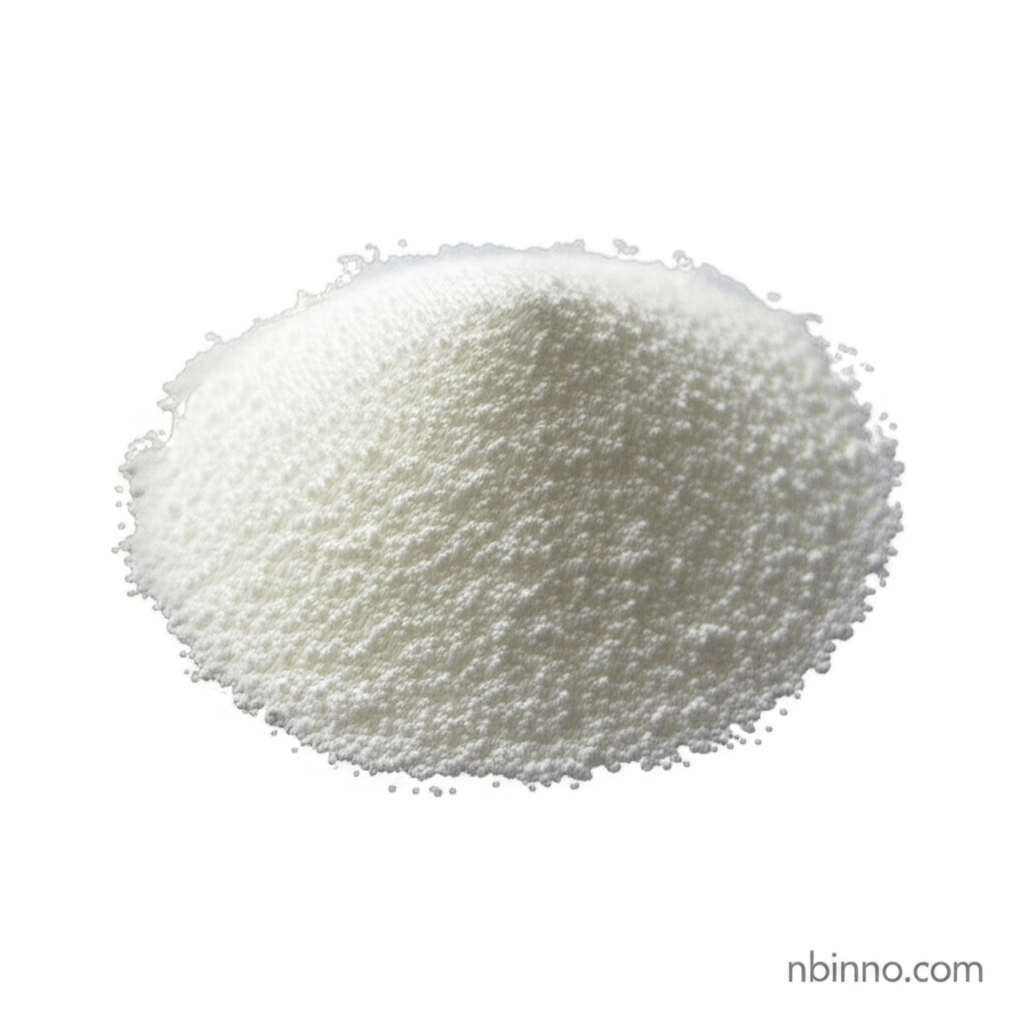1H-Pyrazole-1-carboxamidine Hydrochloride: A Key Intermediate in Pharmaceutical Synthesis
Discover the critical role of this compound in drug development and advanced chemical reactions.
Get a Quote & SampleProduct Core Value

1H-Pyrazole-1-carboxamidine Hydrochloride
This heterocyclic compound, known as 1H-Pyrazole-1-carboxamidine hydrochloride (CAS: 4023-02-3), is a vital building block in the pharmaceutical industry. Its precise chemical structure and reactivity make it indispensable for creating complex molecules. It is widely recognized as a key intermediate in the synthesis of Zanamivir, an important antiviral medication. Furthermore, its utility extends to the guanylation of amines and various applications in peptide synthesis, offering chemists a reliable tool for precise molecular construction.
- Explore the utility of 1H-Pyrazole-1-carboxamidine hydrochloride uses in various synthetic pathways.
- Understand the critical role of CAS 4023-02-3 chemical properties in driving efficient chemical reactions.
- Learn how this compound facilitates Zanamivir intermediate synthesis.
- Discover its application as a guanylation reagent in organic chemistry.
Advantages Offered
Versatile Chemical Intermediate
This compound excels as a versatile reagent for the guanylation of sterically unhindered primary and secondary aliphatic amines under mild conditions, making it a sought-after component in advanced organic chemistry.
Crucial for Antiviral Drug Production
Its significance is highlighted by its role in Zanamivir intermediate synthesis, contributing directly to the production of essential antiviral therapies.
Enables Complex Peptide Synthesis
The compound is a valuable tool for peptide synthesis, allowing for precise modifications and the creation of complex peptide structures with high fidelity.
Key Applications
Pharmaceutical Synthesis
A primary application is its use as a key intermediate in the Zanamivir intermediate synthesis, contributing to the manufacturing of crucial antiviral drugs.
Guanylation Reactions
It serves as an effective reagent for the guanylation of amines, a fundamental transformation in organic synthesis, enabling the creation of guanidine-containing compounds.
Peptide Chemistry
In peptide synthesis, this compound facilitates specific modifications, aiding in the construction of complex peptides with desired properties.
Research and Development
Its well-defined CAS 4023-02-3 chemical properties make it a subject of interest in ongoing research for novel drug discovery and material science applications.
